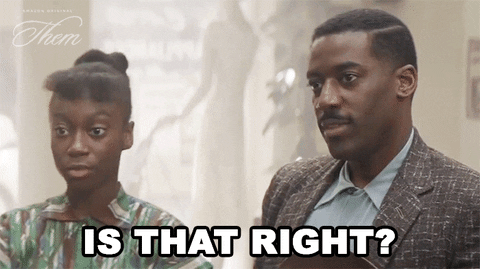- Human Skills Edition
- Posts
- Emotional Intelligence Is About More Than Being Nice
Emotional Intelligence Is About More Than Being Nice
Hey Fam,
Talking to a friend this week about leading change, the name Laxman Narasimhan came up.
His name was only familiar because when Laxman Narasimhan took over as CEO of Starbucks last year, how he approached his role caught my attention.
He didn’t start with big promises or feel-good initiatives - Smile, nod, and tell everyone they’re brilliant.
Nope.
Sometimes being nice is not being real. Authenticity requires courage, not just kindness.
Instead, he spent his first months:
Working 4 AM shifts at stores
Having tough conversations with baristas
Addressing union issues
Getting into the uncomfortable truths of store operations
Many expected the usual new CEO playbook of inspirational town halls, optimistic press releases, and vague promises of change.
However…
His approach wasn’t “nice”—it was emotionally intelligent and there’s a big difference.

Emotional intelligence is your ability to spot what people are feeling (including yourself), understand why, and use that understanding to guide what you say and do.
Here’s what I know about organizational behavior:
Many confuse emotional intelligence with emotional comfort.
The most emotionally intelligent leaders aren’t the ones who make everyone feel good—they’re the ones who create space for real emotions even the uncomfortable ones.

Gif by primevideo on Giphy
But here’s the reality most people miss:
Being emotionally intelligent often means making others temporarily uncomfortable for their long term growth.
So, I might just have something to help.
The TRUTH framework for real emotional intelligence:
T - Track emotional data
R - Respect reality
U - Understand impact
T - Take action
H - Hold space

Let’s get it:

Giphy
T - Track emotional data
Read emotional information accurately.
Watch how your team's energy and mood flow throughout the day - notice what lights them up and what drains them
Listen for the real message behind what people are saying (and not saying)
Pay attention to which team members influence others' moods, both up and down
Keep a simple note of patterns you spot - which situations consistently spark strong reactions